As part of our coverage of this year’s NZ Book Awards for Children and Young Adults, we asked the five finalists of the Russell Clark Award for Illustration to interview each other. Here’s Kieran Rynhart, David Elliot, Toby Morris, Jenny Cooper and Donovan Bixley on beginnings, plottings and beating loneliness.
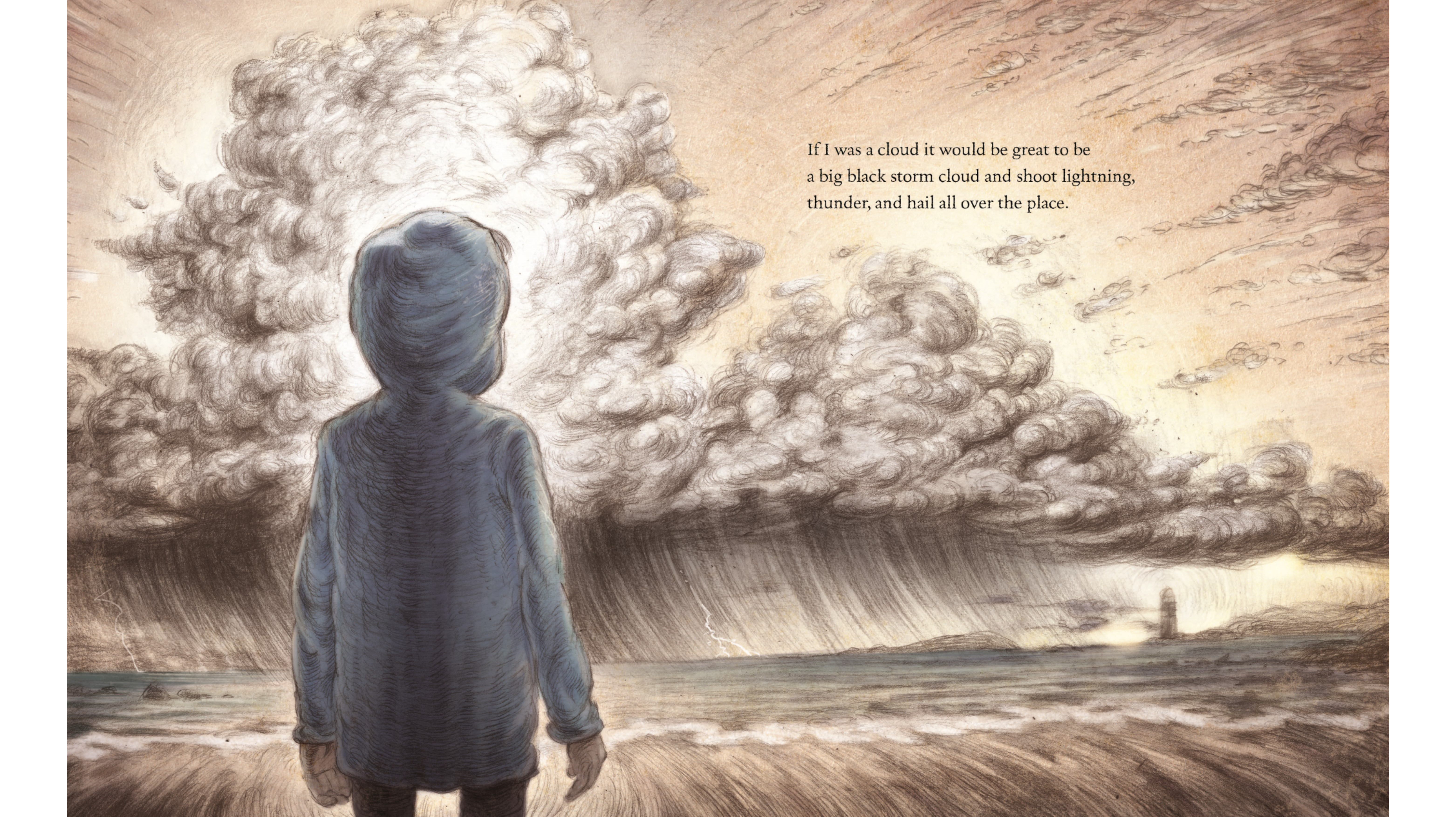
Kieran Rynhart: At what point in your life did you realise you wanted to do illustration or someday become an illustrator?
David Elliot: I guess it happened quite late really, when I was nearly 30 and living in Edinburgh, although the idea had been bubbling away for a long while. I’d repressed my illicit illustration tendencies at art school, setting my sights on being a painter, but I found I was really most successful and enjoyed my work more when it had some sort of narrative or story attached to it. When I found myself working in the weird and wonderful world of the zoo in Edinburgh, away from my artist peers back in New Zealand, I just gave in to myself and went for it.
Toby Morris: The time that I really thought ’this could be my thing’ was when I was about seven and broke my femur – I was housebound with a full body cast for six weeks and I just drew and drew and drew. Plus my dad was in the army so we moved around a lot and I was a bit shy – every new school I started at, I was just hanging out for a rainy lunch so I could sit and draw and show everyone what I could do.
Jenny Cooper: The minute I realised such a job existed was the minute I wanted that job for myself. Or, to be clear, in design school, year one, when our first illustration tutor gave us our first illustration brief, and I thought to myself, waaaa? actual people do this for an actual living??? (in hindsight, perhaps not a LIVING, but certainly for a lifestyle). Before that moment, despite loving children’s books, I had never thought about the actual humans who did the illustrating. Odd. But all through four years of design school, I never for a moment thought I would become an illustrator; it seemed impossibly too good to come true.
Donovan Bixley: Quite late on, actually. I’d always written and illustrated stories, including a 10-page sequel to the Lord of the Rings when I was eight. By the time I was at AUT School of Art and Design, I thought I wanted to be a filmmaker (still writing stories and drawing storyboards). I got lost for a few years trying to make a living in film and advertising as a commercial artist. It wasn’t until my mid-20s when I remembered that early love of making picture books. I thought creating books would be a worthwhile use of my skills as a writer and illustrator, so I made the conscious decision that I wanted to become a children’s book illustrator. All I knew was, it was going to take a long time.
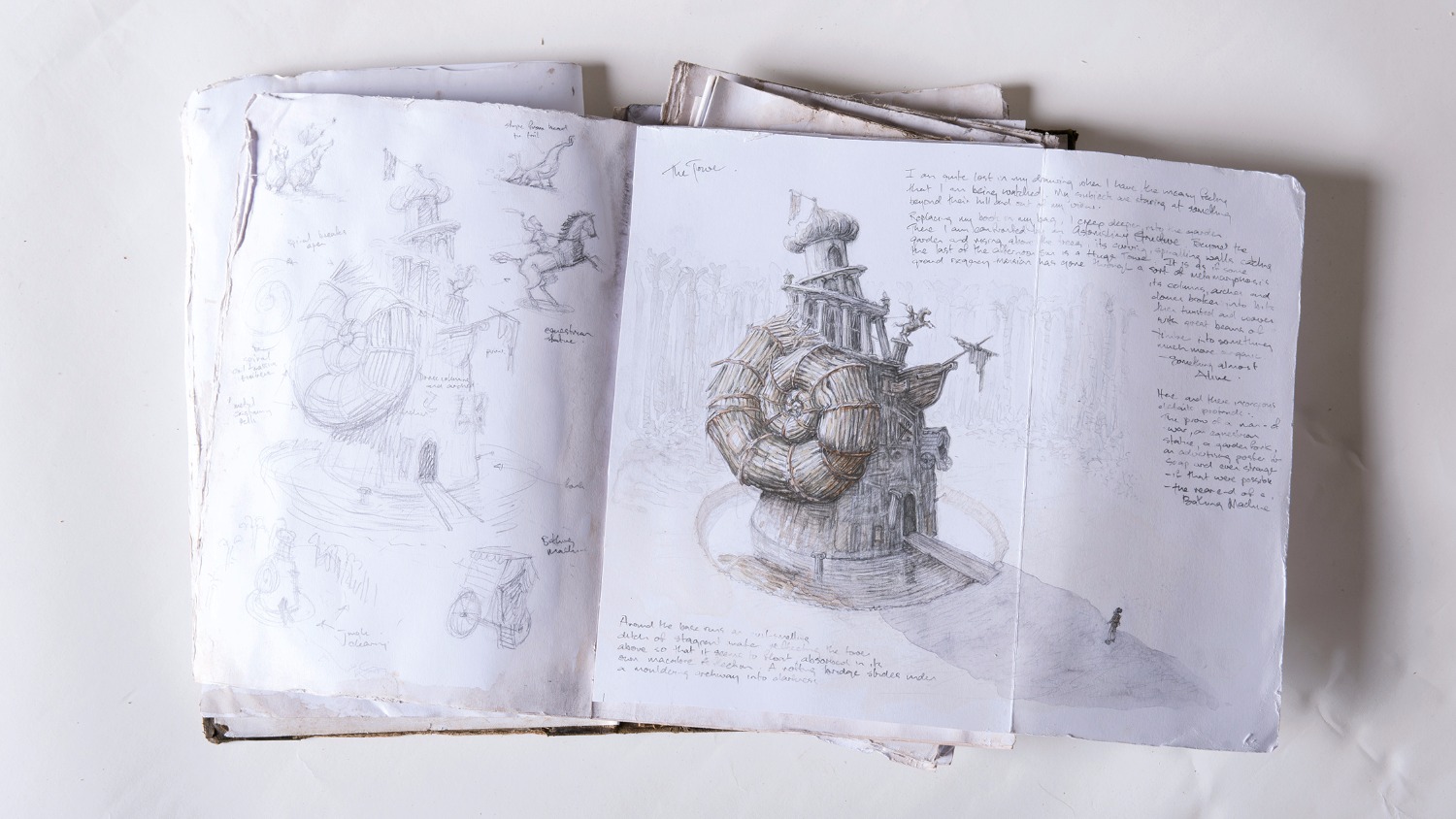
David: What is the most enjoyable part of your job?
Kieran: Hmmm. I guess it’s simply when I know I’ve made a great image. An image with a certain bit of ‘magic’ to it, something I’m proud of and will take the viewer somewhere special. It’s hard to put into words how immensely satisfied I am when I know this aim has been achieved.
Toby: It’s a really satisfying job, I think. Doesn’t happen every day but when you’re really enjoying what you’re working on and you’re feeling comfortable, I think drawing can feel like dancing. And it’s really satisfying to finish things. Bringing new strange things in the world is always good.
Jenny: All of it, really. I love the character development, which is hard work but interesting. I LOVE, and always will, drawing the roughs with pencil, which is real left-brain work. I quite like the actual painting (the finished art), although by page 32 I am thoroughly tired of it. I like all my editors; I’ve never met one I didn’t enjoy working with. Mostly I love the long, quiet, uninterrupted days with their own rhythm (work, make tea, eat stuff, work, make tea, walk around garden, work, make tea, dig a hole for a plant, work, make tea, have a friend pop round, work … It has gone on like this for 25 years). I must have drawn millions of hands and feet, but I still enjoy them. And I’ll never get sick of whiskers. Or ears, they are fun.
Donovan: The aspects of book-making that get my brain going are best, like research or doodling and coming up with ideas for stories and characters – filling sketchbooks with notes on Mozart, Shakespeare, Napoleonic warships, or WW1 aeroplanes for Flying Furballs. I have dozens and they are my favourite works. Sometimes doing a final painting can be a little bit boring because it’s more of a technical process and my brain is not that engaged. Sometimes I have to remind myself to enjoy every brush stroke. Then it’s funny when you finish a book and say, ‘Huh, did I do that?’
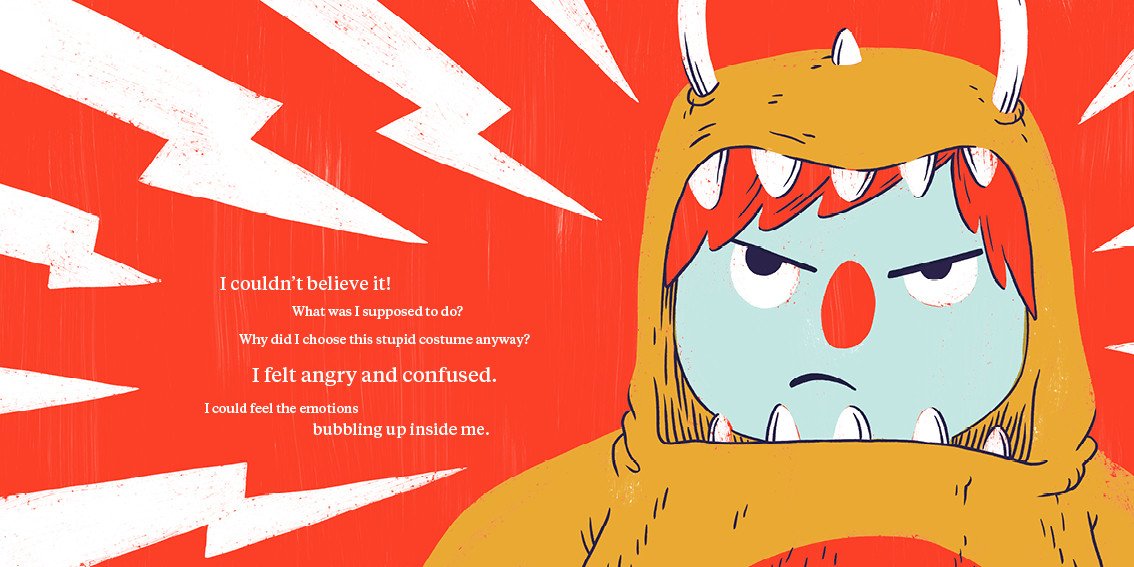
Toby: How do you feel about drawing digitally? Sacrilege or just plain practical?
Kieran: Digital, I feel, has been a huge blessing for illustrators; we’ve got to utilise this incredible tool amazing artists just a generation before us would never have dreamed of. Digital has the ability to take an image into a whole new area of visual exploration, and it allows for a whole lot more speed and flexibility in the production process as well. It is, however, not everything: if digital is the yin, then working by traditional methods is its yang. There’s a human feel, I find, that really adds to an image when using traditional methods. Neither are the be-all and end-all in themselves. I suppose, it’s when the two work together that the magic begins to happen.
David: I think it’s fine, it’s just not for me. I’m sure it is very practical, and if I was starting out again maybe I’d learn how to do it myself. As it is, though, I’m quite content with my old friends pencil, paint and paper. We have an arrangement; I do my best to find things with them and they do their best to tell me what they want to be or, in fact, what they can be. There’s something to be said for responding to the limitations and serendipitous qualities of various materials … and I do like having evidence of the process to hold in my hand at the end of it all.
Jenny: It is exactly the same, surely, as working with a pencil? The main work is still done between the brain and the stylus tip, just the same as the work done between a brain and a pencil tip. I work in pencil still, but would love to be able to work digitally; it is just another tool, and a powerful one. As long as the ideas are good, the medium is secondary.
Donovan: I do a ridiculous amount of digital drawing. I began when I was at art school and Photoshop had just been invented. I scanned in one of my paintings and began fiddling around – you couldn’t do much in those days (BW and max. size of 1.3mb) On the other hand, my work on Fuzzy Doodle is all ink and pencil and charcoal. Digital drawing is just another tool, and you use it depending on the vision you have in your head. Funnily enough, I did a lot of Fuzzy’s composition with digital drawing. Since I do all the design work on my books too, the digital drawing really allows me to make the composition work into the design much … better? (well, that’s subjective) … how about, more precisely.
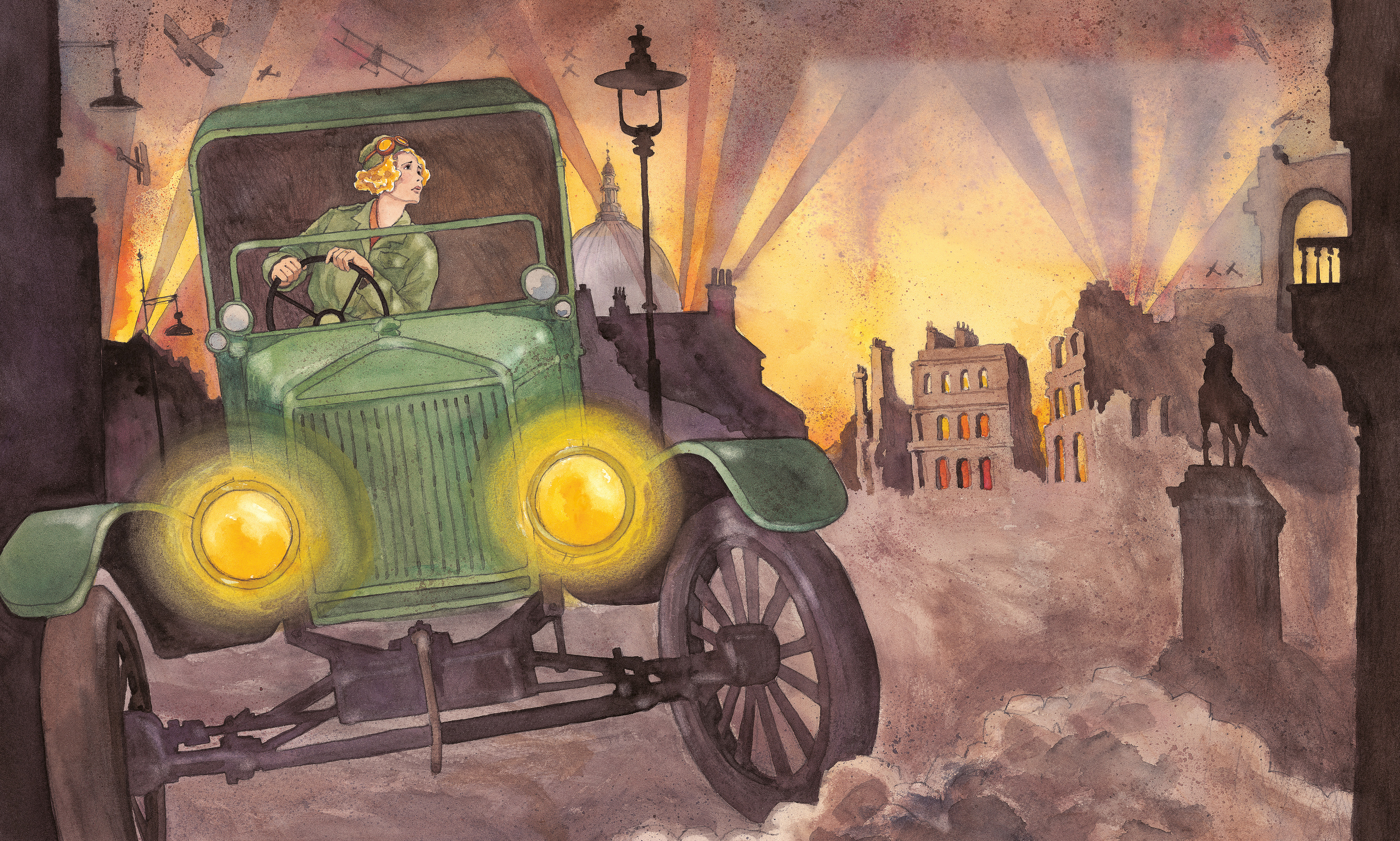
Jenny: Do you get lonely working alone, and how do you solve that problem?
Kieran: I can remember when it dawned on me that working from a home studio all day could wind up being quite a debilitating process, simply because of the isolation. If I didn’t take some life-affirming action, such as regular social contact and healthy living, I knew my productivity would be hit hard. Here in my home suburbs of Petone/Alicetown, I have a small community group I am involved with called ‘The Depot’. All sorts of positive things go on there: community cooking nights, open-mic events etc. I try and make it down there as often as I can. The other thing I do is to turn my isolation into solitude, through finding a nearby running track that takes me off into an amazing section of native bush. When I’m there, I try to simply drink in the nature around me and soak up what ever may be on the iPod at the time. But the thing which has really helped me with the isolation issue is my wonderful girlfriend who makes sure I get out of the office on the weekends and take some much-needed breaks!
David: This question touches a bit of a sad nerve for me at the moment as I have just recently lost the companionship of my long-time illustration assistant, my old dog Molly. We had done many drawings and sniffed many telephone poles together on our walk breaks, and I miss her a lot. I’m sure many of us have pets or other animals to keep us company. Right now, I’m enjoying feeding and watching the birds in the tree outside my studio window.
Toby: I worked out of a back room at home for a long time, but it got me down after a while. I love the thinking space that working alone allows, but for me in the long-term it wasn’t healthy. These days I share a studio space called Inky Palms with some other artist/illustrator friends and it’s really good to be around people, and also be able to swap ideas and inspire each other.
Donovan: I like to chat away while I’m doing a final painting – my brain’s not doing much, so my mouth can wander off. Luckily my wife spends time in my studio most days. But I also benefit from being very comfortable being solitary and alone with my imagination – it helps me get a tremendous amount of work done. With imagination you’re never really alone. Whatever you’re working on, you’re lost in that world and engaged with those characters. I’ve just finished two months working on the new Flying Furballs, book four, and I’ll be sad to say goodbye to all those pussycat pilots for a while.
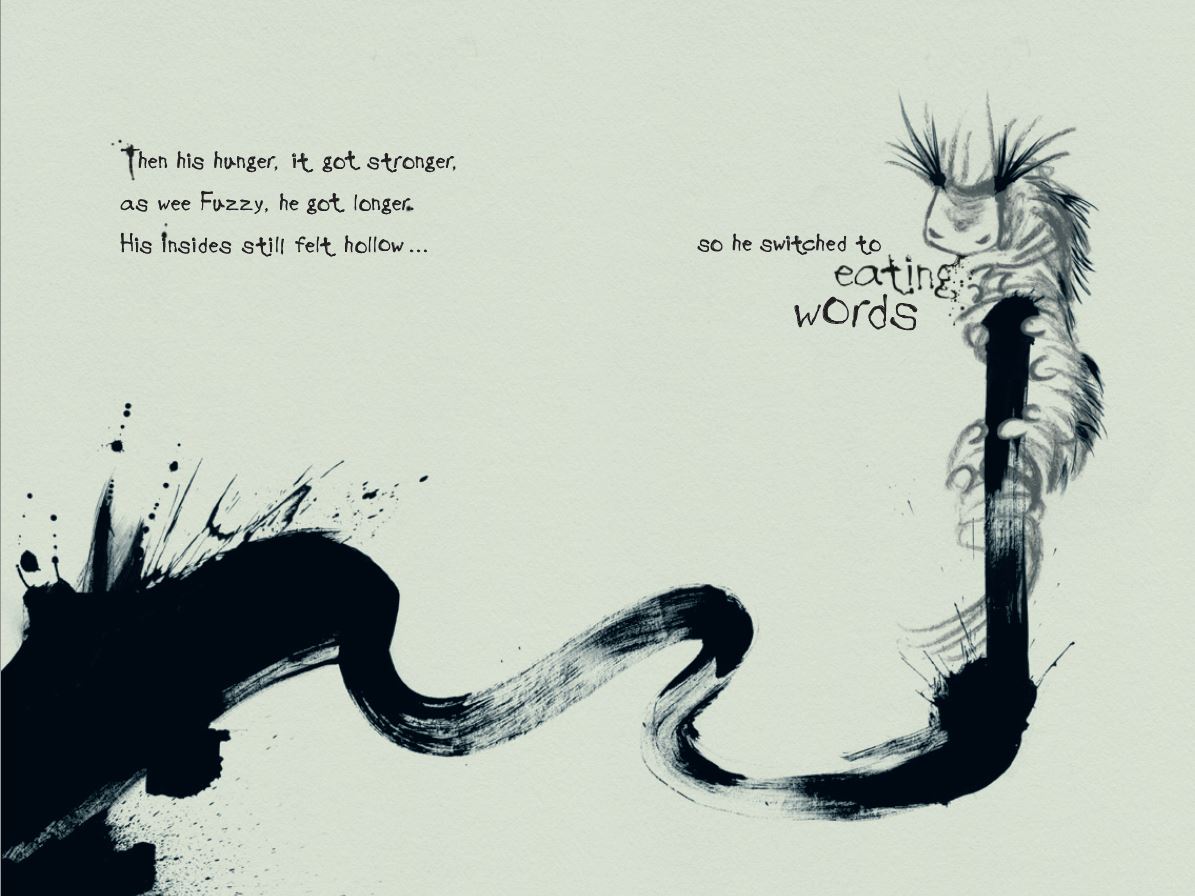
Donovan: What’s in your sketchbook – a project you’re slowly working on and want to see published one day?
Kieran: Having grown up in Napier, a town which was flattened by an earthquake in 1932 and subsequently rebuilt in the timeless Art Deco style, I’ve developed a real love for the styles associated with the 1910s, ’20s & ’30s. Besides Art Deco, I’m a huge fan of the Art Nouveau and Arts and Crafts movements. I’m currently filling up a sketchbook with ideas related to these styles, and I look forward to having a visual series printed sometime in in the future. I’m also a huge fan of animation and would love to have a little short animated piece out there, too; it may not be publishing as such, but it’d be really gratifying if I could get that out there.
David: I have lots of ideas and jottings, experiments with paper and 3D things but I don’t have a particular long-term project I’m plotting. If anything, after Snark I feel like working on short individual works, maybe one-offs … and doing a bit more painting, just for the hell of it. I’m very interested in the book as an artifact and I find myself thinking about that a lot. Perhaps something will come of it.
Toby: My pipe-dream fantasy project is an animated movie idea, actually. It’ll probably never happen, but I’ve been enjoying daydreaming about the characters and the world. Much more likely is that it might end up being a book, but it’s been fun to imagine it moving.
Jenny: No sketchbook! Each book is worked on in isolation; once it is finished, everything is packed away and the next book begins anew. I work with layout paper (single sheets). If I had a spare moment for my own work, I would rather garden, sew, cook, or see friends.
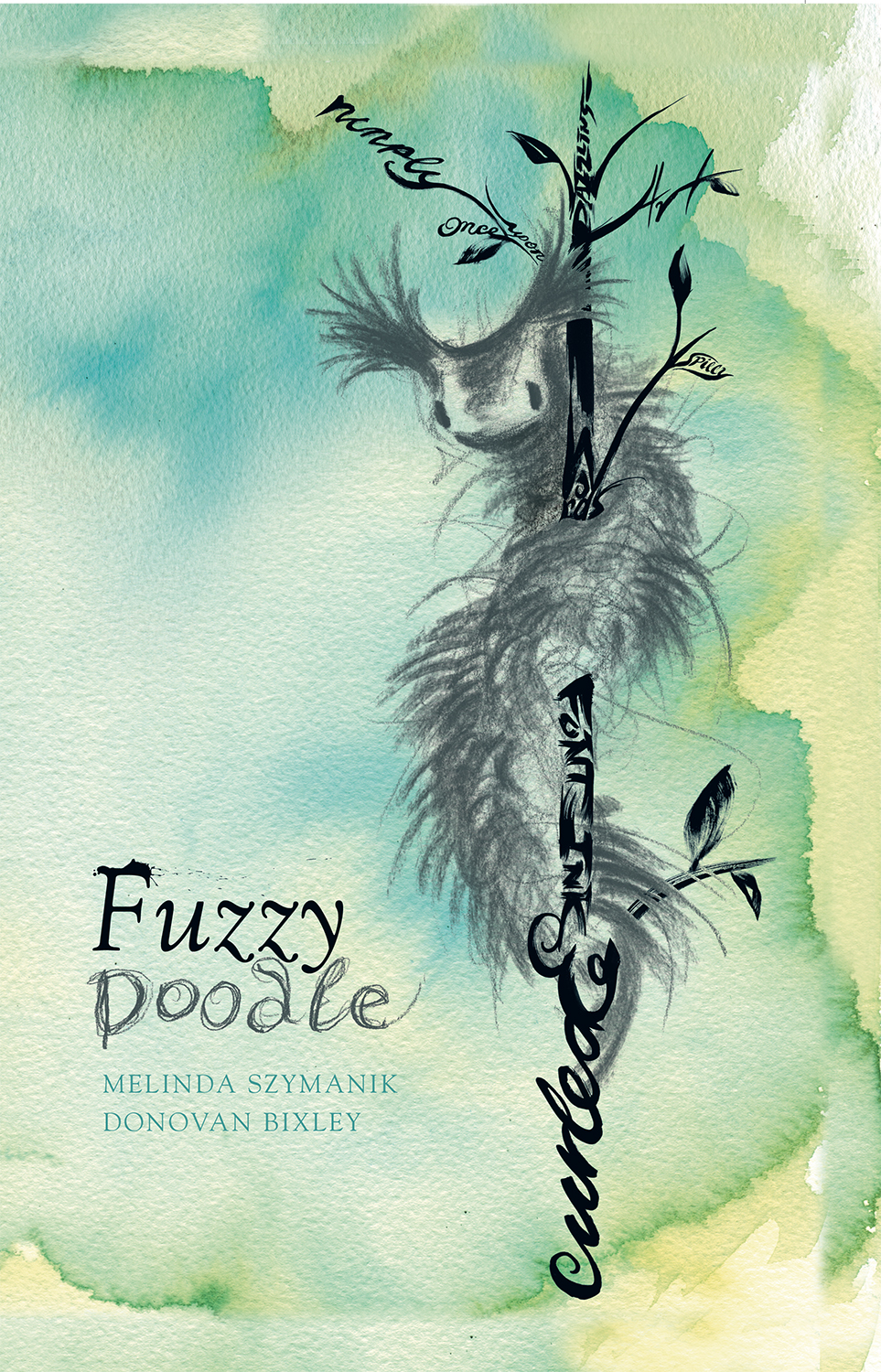
Fuzzy Doodle
Illustrated by Donovan Bixley
Written by Melinda Szymanik
Published by Scholastic NZ
RRP $27.00 (hardback); $17.99 (paperback)
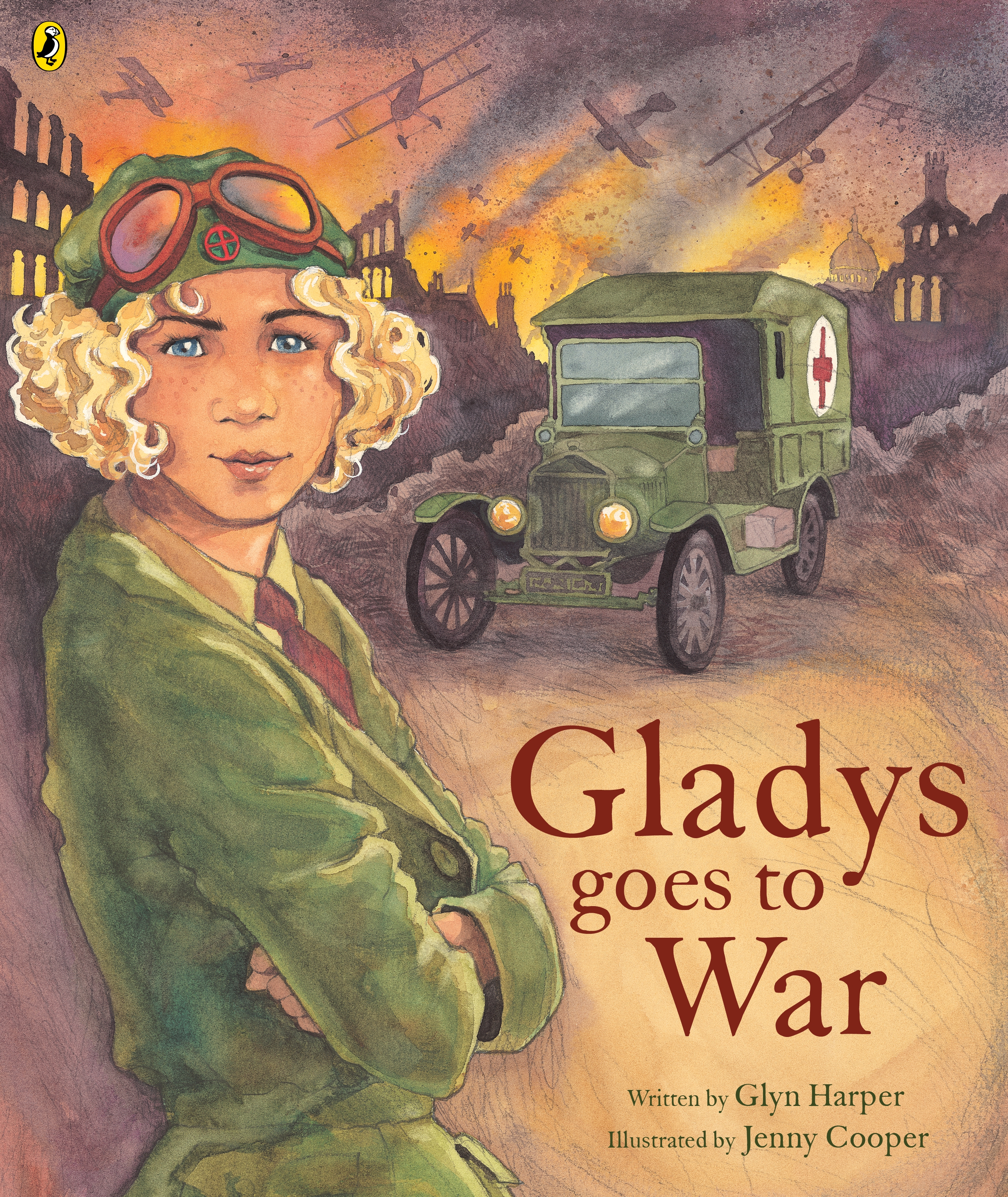
Gladys Goes to War
Illustrated by Jenny Cooper
Written by Glyn Harper
Published by Penguin Random House (Puffin)
RRP $19.99 (paperback)
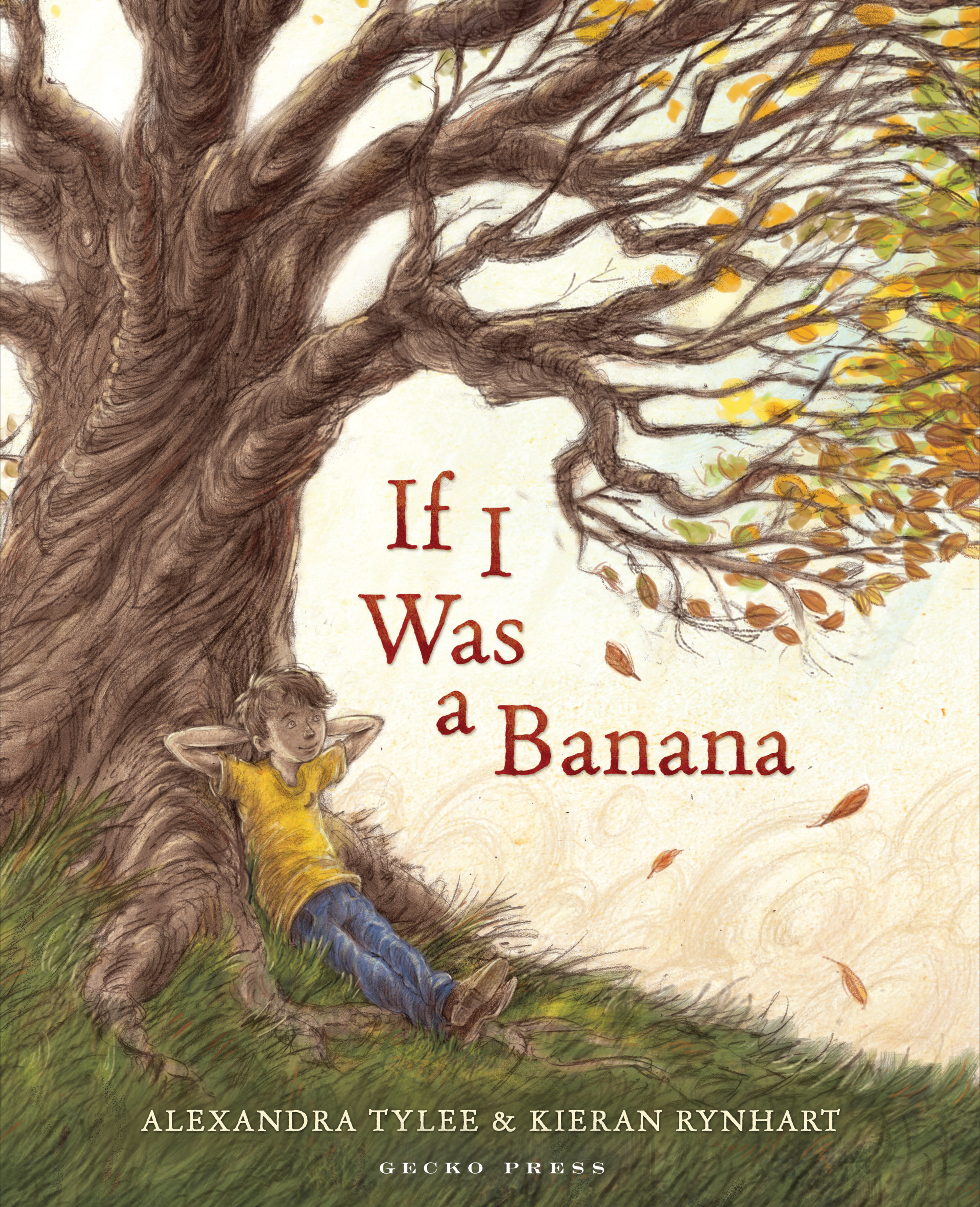
If I Was a Banana
Illustrated by Kieran Rynhart
Written by Alexandra Tylee
Published by Gecko Press
RRP $29.99 (hardback)
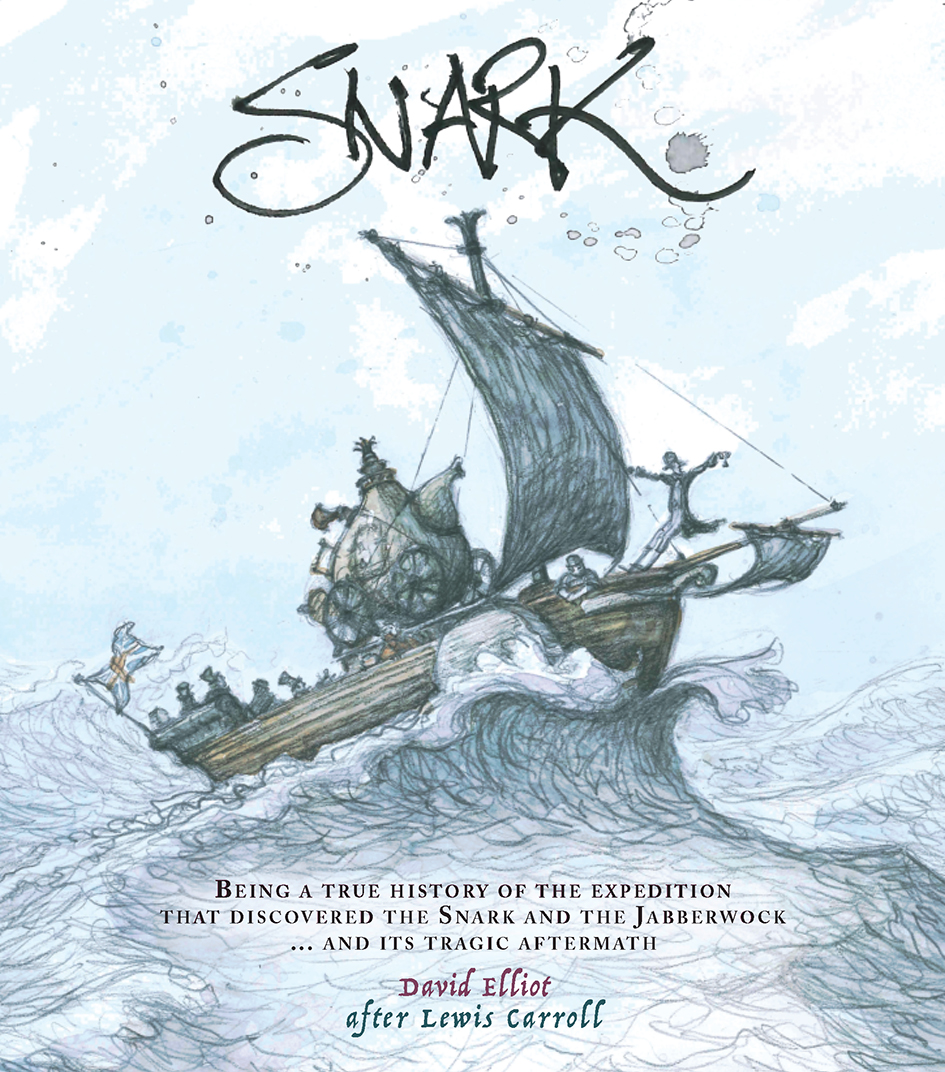
Snark
Illustrated and written by David Elliot (after Lewis Carroll)
Published by Otago University Press
RRP $59.99 (hardback)
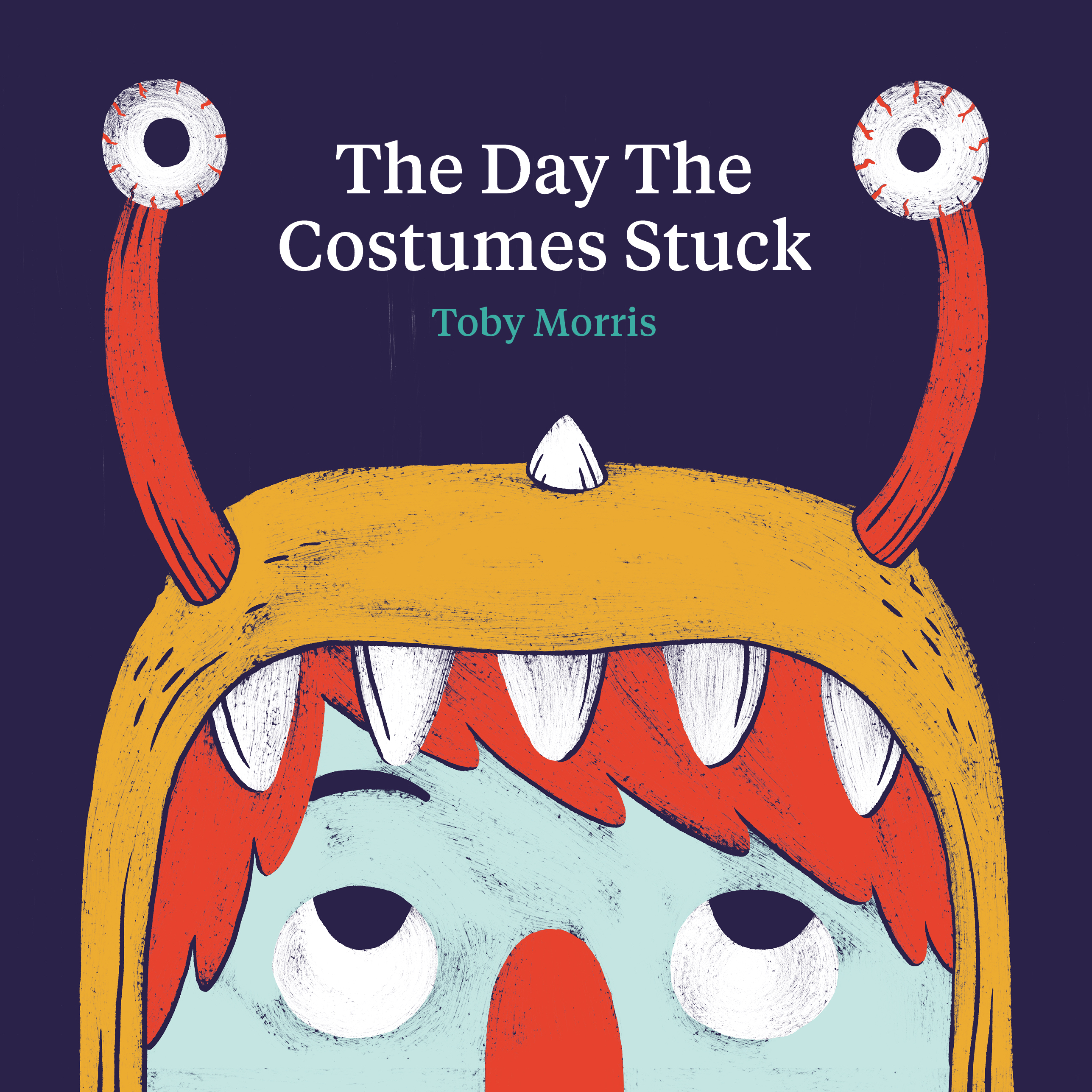
The Day the Costumes Stuck
Illustrated and written by Toby Morris
Published by Beatnik Publishing
RRP $20.00 (paperback)



